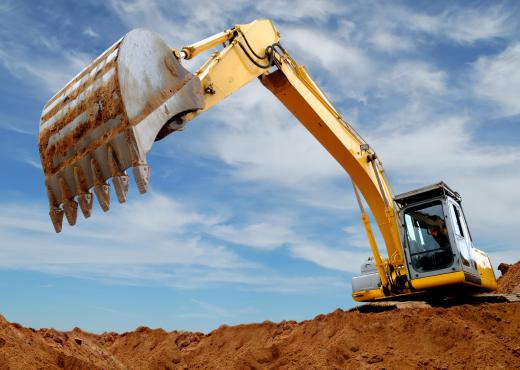The best tips for excavator repairs are to identify the problem, study repair processes, purchase high-quality parts and clean the machine. Another best tip for excavator repairs is to contact a professional if a repair is too complicated, especially if it could impact excavator safety. Many routine repair processes — such as checking machine fluids such as oil, antifreeze and hydraulic fluid — can be completed without professional assistance.
There are often a few major parts or systems in excavators that might need repair during the machine’s service life. These include all of the moving parts, such as the boom, bucket, tracks, cab and hydraulic systems. Other parts that may need repair can include the paneling, engine, power and drive trains, as well as many other necessary systems. Tracking down a specific problem can be challenging, but many problems are often isolated to one system. To determine which parts need to be repaired, it may be necessary to look up officially recommended repair processes.

One of the best tips for excavator repairs is to refer to service manuals, company literature and other publications concerning a specific excavator. Without some sort of service manual, it is often more challenging to remove parts in the proper order or to replace parts without creating additional problems. While it might be possible to repair an excavator without related publications, safety dictates that only trained professionals or experienced owners should attempt to make these kinds of repairs.
Purchasing high-quality parts can make the difference between effective and ineffective excavator repairs. Spare excavator parts should be clean — new, if possible — and made of high-quality materials. Using high-quality materials will help to ensure that repairs will not malfunction once an excavator is put back to work. Original manufacturer or rebuilt replacements parts are often recommended, as well, because some aftermarket parts may not provide as effective of a repair. Essential functioning parts on an excavator, such as the bucket, cab and tracks, might be more important than cosmetic features such as exterior panels.
Cleaning the machine before making excavator repairs can help the process, especially when checking for successful fixes. For instance, if the area is clean after fixing a hydraulic system, it might be easier to identify any leaks or additional problems on the cleaned surface. Many repair processes can benefit from an initial cleaning, and many service instructions might include information on how to clean an excavator for maintenance purposes. Moisture-retaining materials such as dirt can damage an excavator over time and should be removed periodically.
